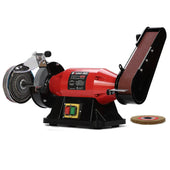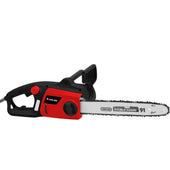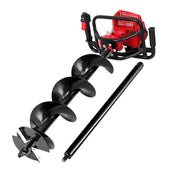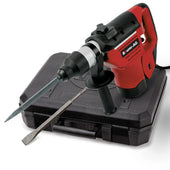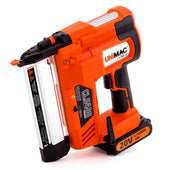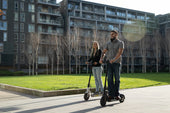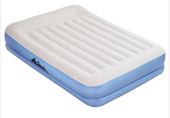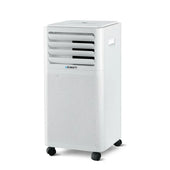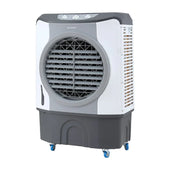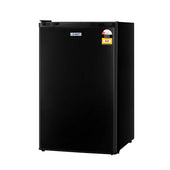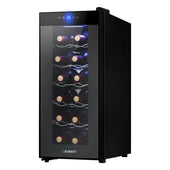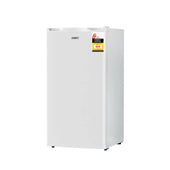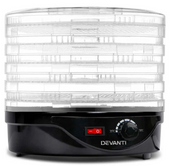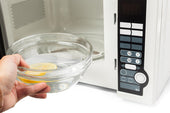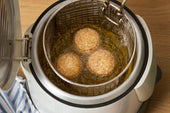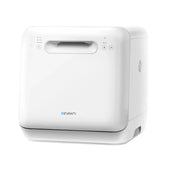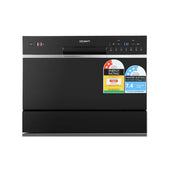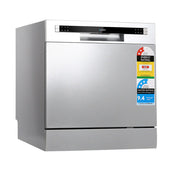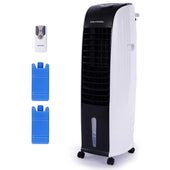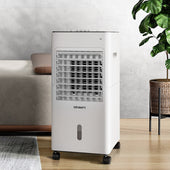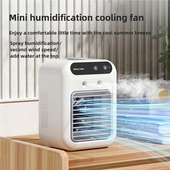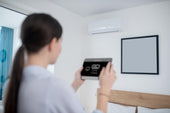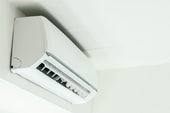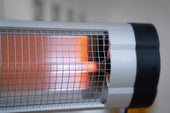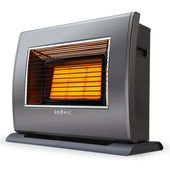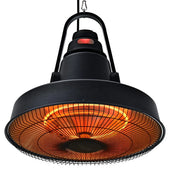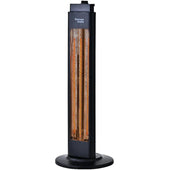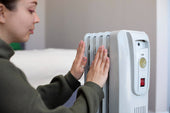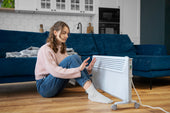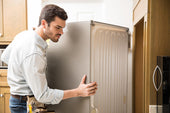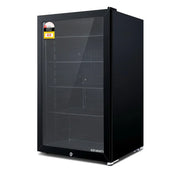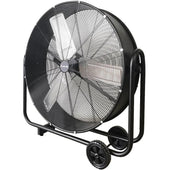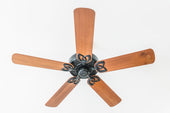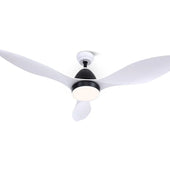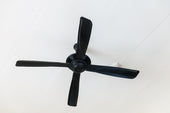Introduction to Energy Efficient Heating Options in Australia
Australia's diverse climate necessitates heating solutions that are both effective and energy-conscious. Energy-efficient heaters are increasingly preferred due to their ability to reduce running costs and environmental impact. Various options cater to Australian households, offering innovative technologies aimed at conserving energy.
Key alternatives include:
- Reverse Cycle Air Conditioners: These systems are renowned for their dual heating and cooling capabilities, using minimal energy through heat transfer rather than generation.
- Gas Heaters: Modern gas-powered models, such as flued or portable versions, deliver quick and efficient heating.
- Electric Panel Heaters: Ideal for small spaces, these heaters are efficient and cost-effective.
- Hydronic Heating: This method utilises heated water circulating through pipes, ensuring consistent warmth and energy savings.
Each system suits different needs, with factors like energy ratings, size, and budget influencing choices.
Why Energy Efficiency Matters for Australian Homes
Improving energy efficiency in Australian homes minimises energy consumption, reducing reliance on fossil fuels and electricity-driven systems. Energy-efficient homes foster lower utility bills, contributing to household budget savings while promoting sustainability. With Australia's diverse climate, energy-efficient solutions featured by During Days ensure comfort during harsh summers and cold winters without excessive energy use. Furthermore, reducing greenhouse gas emissions aligns with national renewable energy targets and combats climate change actively. Households benefit from better indoor air quality, enhanced system performance, and prolonged equipment lifespan. Energy efficiency also supports property values, making homes more attractive to environmentally conscious buyers. Adopting energy-efficient appliances and practices ensures equitable and sustainable living.
Key Features to Look for in an Energy Efficient Heater
When selecting an energy-efficient heater, several features determine its performance, cost savings, and usability:
- Energy Efficiency Rating (EER): A high EER signals lower power consumption, ensuring reduced energy costs. Look for models with certifications like Energy Star.
- Thermostat Controls: Integrated programmable or smart thermostats provide precise temperature regulation, preventing energy wastage.
- Heating Technology: Infrared, ceramic, or convection technologies are designed for optimal heating with minimal energy use.
- Eco Modes: Many heaters include eco settings to automatically adjust power output based on the room's needs.
- Timer Function: Timers allow pre-scheduling, enabling heating only during necessary hours.
- Safety Features: Overheat protection and tip-over switches ensure safe operation.
- Portability: Lightweight designs with handles or wheels maximise flexibility and efficiency in heating specific areas.
Comparing Heater Types: Electric vs Gas vs Reverse Cycle Air Conditioners
Different heating systems offer varied benefits. Electric heaters are simple to use, portable, and inexpensive upfront, but they may cost more to run due to higher electricity prices. Gas heaters tend to provide faster heating and lower long-term running costs, especially in areas with affordable gas supply, but installation can be costly. Reverse cycle air conditioners are highly efficient for both heating and cooling, with modern units boasting energy ratings that save money over time. However, initial costs are often higher. Deciding between these options depends on individual needs, energy rates, and preferences for long-term savings.
Review of the Top 5 Energy Efficient Heaters for Australian Homes
Energy efficiency is key when selecting a heater for Australian homes, especially given the country’s diverse climates. Below are five top-performing energy efficient heaters, their features, and benefits:
Dyson Hot+Cool Fan Heater (Model AM09)
- Designed for dual-purpose heating and cooling
- Features precise thermostat control and Jet Focus technology
- Highly energy efficient due to air multiplier tech
De’Longhi Eco Convector Heater
- Offers eco-mode to optimise power usage
- Suitable for medium-sized rooms with silent functionality
- Lightweight and portable design
Dimplex Electric Panel Heater with Thermostat
- Wall-mounted with adjustable thermostat for efficiency
- Timer settings reduce unnecessary energy use
- Modern slimline design ideal for tight spaces
Rinnai Electric Portable Radiant Heater
- Portable and compact, suitable for spot heating
- Features an energy-saving mode for cost efficiency
- Provides even heat distribution
Noirot Spot Plus 7358-7T Panel Heater
- 100% silent operation with superior programming options
- Easy installation with child-safe guards
- Adapted to Australia’s energy efficiency standards
Purchase Considerations: Budget, Room Size, and Climate
When selecting an energy-efficient heater, the budget is a crucial factor to evaluate. Buyers need to balance upfront costs with long-term savings on energy bills, ensuring the investment aligns with financial goals. Heaters come in varying price ranges depending on features, type, and efficiency levels.
Room size directly impacts heating efficiency. A heater with insufficient capacity struggles to warm large spaces effectively, while an oversized unit wastes energy in smaller areas. Buyers should calculate square footage to identify the suitable heating power.
Climate affects heating needs. In colder regions, robust systems capable of handling low temperatures are essential, whereas mild climates may only require an energy-efficient supplementary heater.
Installation Tips for Maximising Efficiency
Proper installation is crucial for achieving optimal efficiency with energy-efficient heaters.
- Choose the Right Location: Place the heater in a central area to ensure even heat distribution throughout the space. Avoid installing it near drafts or windows that may cause heat loss.
- Consider Insulation: Ensure that walls, ceilings, and floors are well-insulated to minimise heat escape, reducing overall energy consumption.
- Follow Manufacturer Guidelines: Adhere to the instructions provided to ensure correct setup and compatibility with your heating system.
- Professional Installation: Hiring a certified technician aids in proper wiring, placement, and ensuring safety measures are met.
- Use Smart Controls: Install thermostats or timers for enhanced control, helping to avoid unnecessary energy use during unoccupied hours.
Maintaining Energy Efficiency Over Time
Proper maintenance is essential to ensuring a heater retains its energy efficiency over the years. Regular cleaning prevents dust and debris from clogging vital components, which can reduce performance. Scheduling annual inspections by a qualified technician helps identify wear and tear that might impact energy efficacy.
Users should also routinely check for air leaks in ductwork or around the heater’s installation area, as these can waste energy. Upgrading to programmable thermostats aids in optimising energy use by allowing personalised temperature settings. Additionally, replacing filters in a timely manner helps maintain airflow efficiency, ensuring the heater operates as designed.
Energy-Saving Tips to Complement Efficient Heating
Using an energy-efficient heater is just one step towards reducing energy consumption. Pairing the heater with practical energy-saving techniques can enhance its performance and minimise energy loss.
- Seal Drafts and Insulate Properly: Ensure doors, windows, and any gaps in walls are sealed tightly to prevent warm air from escaping. Add insulation to attics and walls if necessary.
- Use Curtains Wisely: Open curtains during daylight to allow natural sunlight to warm rooms and close them at night to retain heat.
- Maintain Your Heater: Regularly clean and service the heater to keep it operating at peak efficiency. Replacing old filters can improve airflow.
- Optimise Temperature Settings: Use a thermostat to regulate indoor temperatures, avoiding unnecessary heating. Lower settings at night or when rooms are unoccupied.
- Utilise Rugs and Carpets: Cover floors with rugs or carpets to add a layer of insulation and maintain warmth.
Combining these strategies with an efficient heater can lead to noticeable energy savings.
Frequently Asked Questions About Energy Efficient Heaters
- What is the lifespan of an energy efficient heater? Energy efficient heaters typically last between 10 to 15 years, depending on the brand, usage, and maintenance routine.
- How much energy do these heaters save compared to traditional ones? They consume about 20-50% less energy while providing the same level of warmth, reducing both electricity bills and environmental impact.
- Are energy efficient heaters expensive to install? Although initial costs vary, long-term savings often outweigh upfront expenses, making them a cost-effective choice over time.
- Do energy efficient heaters require special maintenance? Routine cleaning and annual servicing are sufficient to ensure optimal performance and longevity.
- Can they be used in all climates? Yes, modern models are adaptable to different climates, offering effective heating even in cold temperatures.

